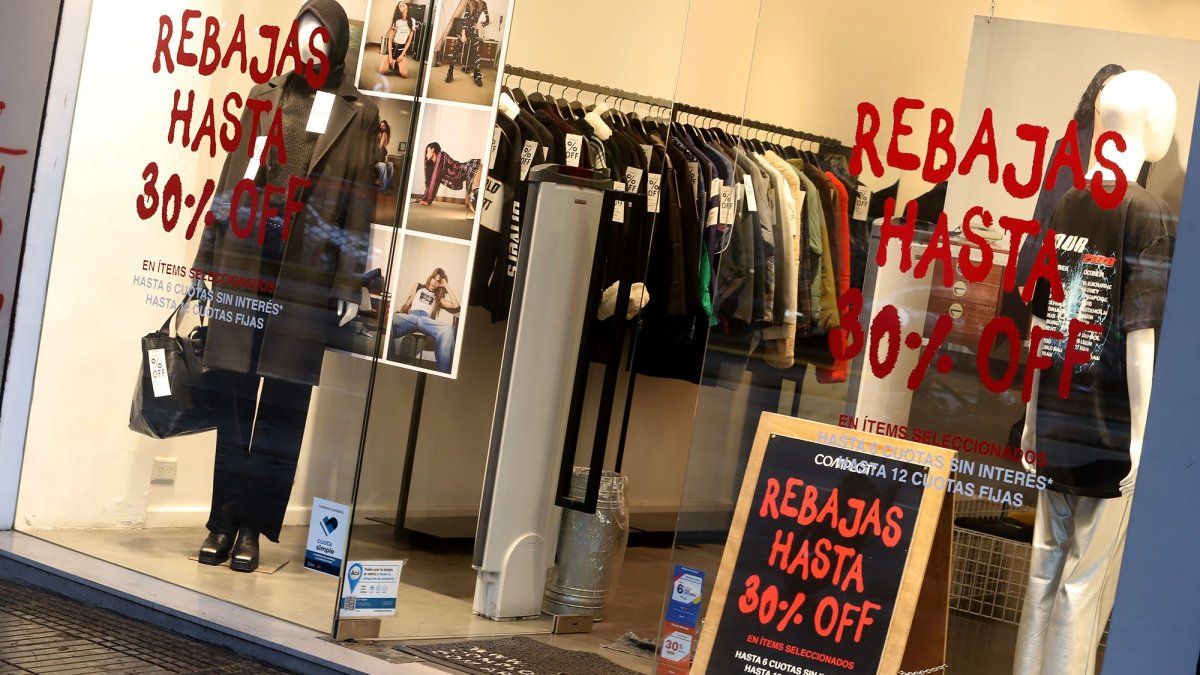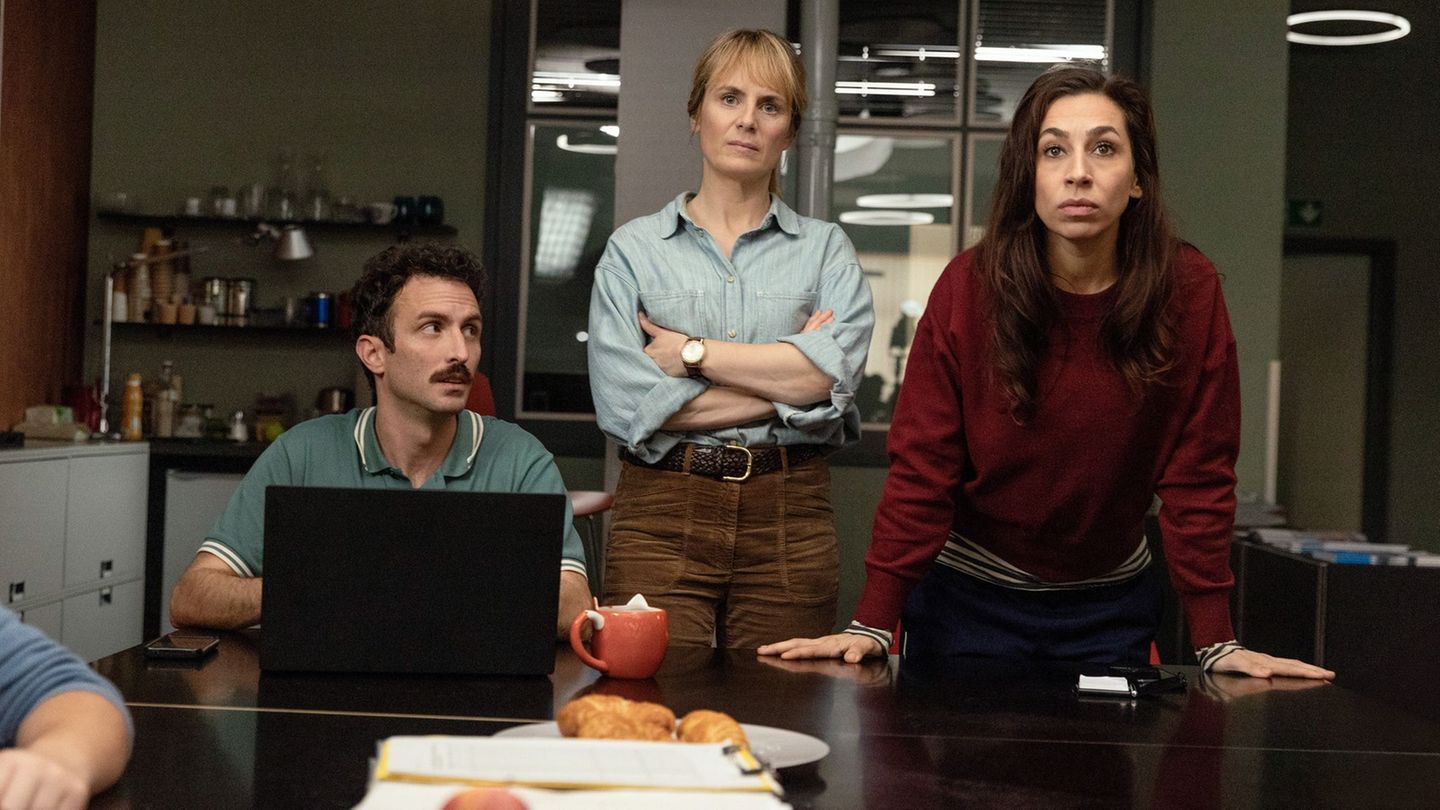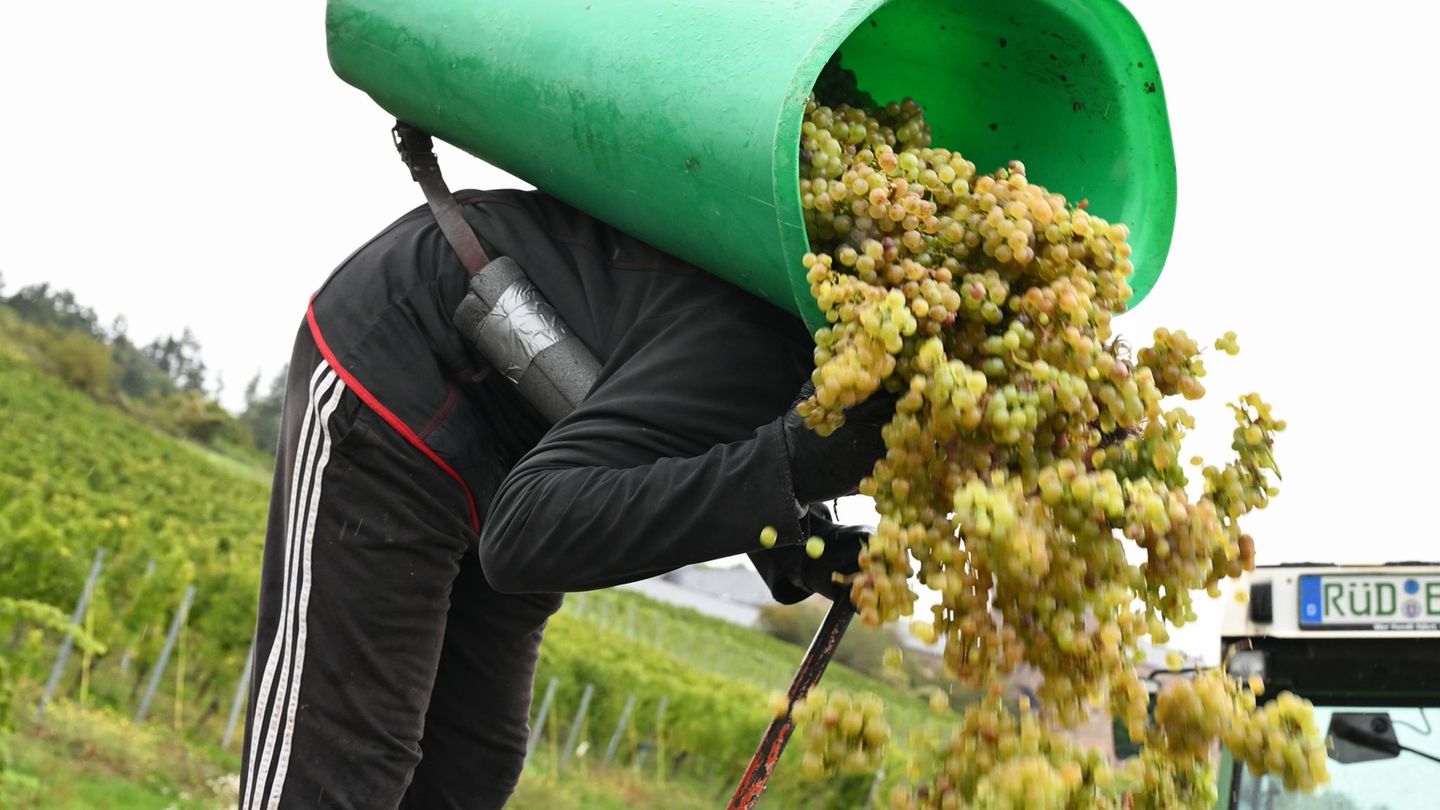In the last two months, consumption began to show clear slowdown signs. In June, retail sales fell 6.7% monthly at constant pricesaccording to data from the Argentine Confederation of Medium Enterprises (CAME)marking the Second consecutive casualty. Given this brake, the private sector redoubled efforts to sustain demand through quotas without interest and specific promotions.
Another fact that reinforces this trend of retraction of consumption that was released in recent days, comes from a report from First Capital Groupwhich revealed a decline of 0.9% monthly in credit card operations During the same period, also with two consecutive months of fall. The card segment He began to show limits in his traction capacity.
However, the growing indebtedness of families begins to impose a limit on that strategy. In this scenario, the great unknown is: how will consumption evolve in the second semester?
A recent survey of Focus Marketwhich covered the months of May and June, warned that the increases in Public and private services -As education, health and communications- they continue pressing the available income of households. That income, which defines the Purchase capacityis the one that finally translates into consumption of goods. In this context, the Inflation deceleration It will be a key factor for Recovery of purchasing powernecessary condition for consumption to gain dynamism again in the remainder of the year.
The use of credit, key to consumption
After the end of the program Simple quota On June 30, new initiatives emerged from the private sector. One of them is “MIPYME FEES”driven by Paywaywhich allows shops to offer up to 6 fixed installments with rates similar to the official plan and without restrictions by banking entity. The continuity of accessible financing plans becomes a key tool for merchants.
On this scenario, Sebastián Menescaldidirector of the consultant Ecogohe said: “I think that after a first quarter where income did not grow strong, in the second quarter there was probably the real income of the families, due to the decline of inflation and that will help sustain the level. What is being seen is that from now grow much more in the remainder of the year. “
In addition, Menescaldi said the Rate rear It could benefit a segment of the population that, with better financing conditions, Take the opportunity to access durable goods as homes, cars and appliances. Also warned that political and financial uncertainty planned for the second semester could affect decisively in the evolution of consumption.
Despite this panorama, and with a more macro look of economic activity, Ramiro CastiñeiraConsultant’s economist Econometricaffirmed that the Added consumption -That, the total expenditure of households in goods and services- is in new maximums, driven by inflationary deceleration and credit return.
“Private projections suggest that the economy will continue to grow around 2026, promoted mainly by consumption, which is the largest component of GDP,” he said.
Screen capture 2025-07-13 154012.png
At the moment, it is observed that Credit expansion continues in line with the improvement in economic activity. However, this process also implies a countercara: the Household indebtedness. According to echoing estimates, the level of borrowing of families is equivalent to just over a month of income, with an increase in the relative weight of debt especially in the informal sector, which raises the need to follow the evolution of this variable.
Source: Ambito




